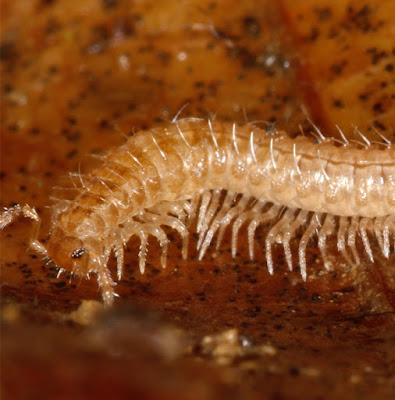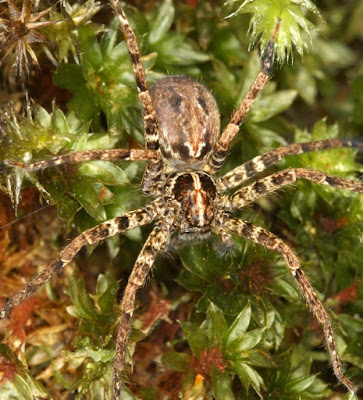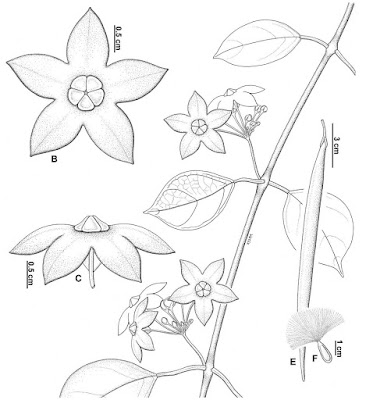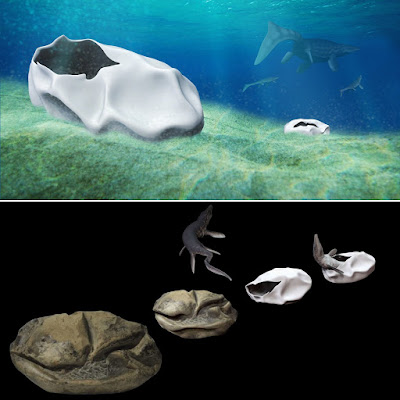 |
| Anguillosyllis acsara Maciolek, 2020 |
Abstract
Numerous specimens belonging to the syllid genus Anguillosyllis Day were collected during several deep-sea studies conducted between 1970 and 2011 in depths ranging from 180 to nearly 5000 m. These quantitative studies demonstrated that members of this genus are not as uncommon as once thought but can be among the 10 most common infaunal species at some deep-sea locations. Study areas included Georges Bank (New England), the North, Mid, and South Atlantic Continental Slope and Rise (east coast of North America), the Gulf of Mexico (off Louisiana), off San Francisco, California, the Clarion-Clipperton Fracture Zone (Pacific Ocean), the South China Sea (off Brunei), the abyssal plain in the South Atlantic Ocean, and Antarctica (Scotia Sea, Weddell Sea). Sixteen new species are described, bringing the total number of described Anguillosyllis species to 20; one additional species that cannot be fully characterized is also noted. The new species include eight with palps that are entirely or partially free (Anguillosyllis aciculata n. sp., A. acsara, n. sp., A. carolina n. sp., A. denaria n. sp., A. hadra, n. sp., A. hampsoni n. sp., A. taleola n. sp., and A. truebloodi n. sp.) and eight species with completely fused palps (A. andeepia n. sp., A. blakei n. sp., A. bruneiensis n. sp., A. elegantissima n. sp., A. enneapoda n. sp., A. hessleri n. sp., A. inornata n. sp., and A. sepula n. sp.). Type specimens of A. palpata (Hartman) from off Cape Horn and A. pupa (Hartman) from off New England were examined; A. capensis Day from South Africa and A. lanai Barroso, Paiva, Nogueira & Fukuda from Brazil are discussed. All adult Anguillosyllis have a fixed number of setigers, either 8, 9, 10, or 11, with 11 setigers being the most common. Species differ in the number of setigers, degree of fusion of the palps, degree of development of parapodial lobes, structure and number of internal and external glands, number of setae in anterior setigers, shape and size of proventricle, and annulation of the dorsum. All species for which the anal cirri had not been lost were found to have four, including two long, thin, ventromedial ones and two shorter, usually oval, lateral ones. Reproduction is poorly known in the genus; the present study shows eggs are found in the posterior (post-proventricle) setigers of most species and enter the parapodia from the coelom of several specimens; egg diameters generally ranged from 50–85 µm with A. sepula n. sp. having eggs up to 120 µm, the largest reported for the genus.
Keywords: Annelida, ANDEEP, Antarctica, Atlantic Continental Slope and Rise, benthos, Borneo, Brunei, Clarion-Clipperton Fracture Zone, deep-sea, Georges Bank, New England, SF-DODS, South China Sea
 |
| Anguillosyllis acsara n. sp. Holotype (USNM 1480212) |
Nancy J. Maciolek. 2020. Anguillosyllis (Annelida: Syllidae) from Multiple Deep-water Locations in the Northern and Southern Hemispheres. Zootaxa. 4793(1); 1-73. DOI: 10.11646/zootaxa.4793.1.1


























































































